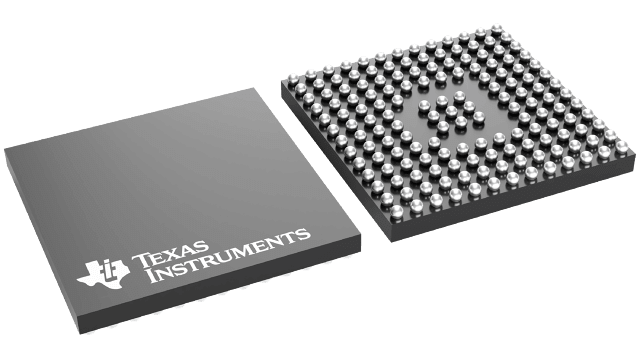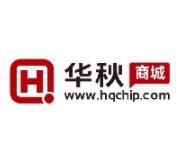| Regulated outputs (#) | 15 |
| Vin (Min) (V) | 2.5 |
| Vin (Max) (V) | 5.5 |
| Iout (Max) (A) | 5 |
| Rating | Catalog |
| LDO | 9 |
| Iq (Typ) (mA) | 0.5 |
| Features | Comm Control |
| Processor name | Generic |
| Processor supplier | Generic |
| Shutdown current (ISD) (Typ) (uA) | 50 |
| Switching frequency (Typ) (kHz) | 6000 |
| Configurability | Factory programmable, Software configurable |
The device is an integrated power-management integrated circuit (PMIC) for applications powered by a rechargeable battery. The device provides five configurable step-down converters with up to current capability for memory, processor core, I/O, auxiliary, preregulation for LDOs, and so forth. The device also contains nine LDO regulators for external use that can be supplied from a battery or a preregulated supply. The power-up/power-down controller is configurable and can support any power-up/power-down sequence (programmed in OTP memory). The RTC provides three 32-kHz clock outputs: seconds, minutes, hours, day, month, and year information; as well as alarm wakeup and timer. The device supports 32-kHz clock generation based on a crystal oscillator.
The device integrates a switched-mode system supply regulator from a USB connector. The device includes power paths from the USB and battery with supplemental mode for immediate startup, even with an empty battery. The battery switch uses an external low-ohmic PMOS transistor allowing minimal serial resistance during fast charging and when operating from battery. The device can also be used without the external PMOS transistor; the battery is then always tied to the system supply and the switched-mode regulator is used for battery charging.
The device is available in a 155-pin WCSP package, 5.21 mm × 5.36 mm with a 0.4-mm ball pitch.








